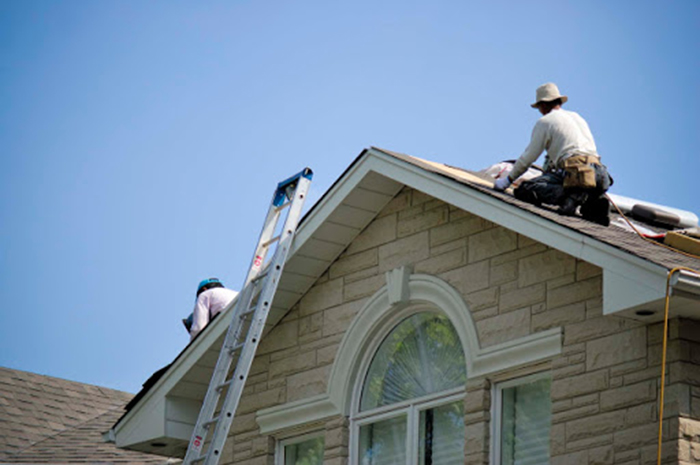Don't Take It Lightly! Here Are 8 Ways to Maintain a Roof So It Doesn't Leak

Having a nice house is everyone's dream. However, a house must also fulfill its function as a protector. Especially for tropical countries, high rainfall is a threat. Not only for health, but also for the strength of the house.
Actually, preparing a house for the rainy season should have started since forming the concept of the house. If it is approaching the rainy season or during the rainy season, it is actually a bit late. For example, if you want a Mediterranean-style house, it might be good to apply it in two-season countries like Europe. For tropical countries, some adjustments must be made. The possibility of seepage and splashing of rainwater must be anticipated from the start. That way, we can minimize the risk.
Well, one of the main components in protecting our house from rain is the roof.
Therefore, here are some easy tips for maintaining and checking the roof of our house
1. Like the saying prepare an umbrella before it rains, prepare the roof aka "umbrella" of our house before the rainy season arrives. Look up at the roof often, are there any tiles that need to be replaced or are sagging.
2. For roofs made of concrete, asbestos, or shingles, check for possible hairline cracks.
If there are any, provide wire mesh and waterproof. For large cracks, they must be drilled and re-plastered.
3. Ideally, inspections should be carried out at least once every 2-3 months. This is because hairline cracks are very small and do not immediately cause leaks. Only after 3-4 heavy rains, the roof leaks and the seeping water can cause the roof to rot.
4. The roof ridge area also needs extra attention because the cement plaster in that area often leaks. In principle, the earlier it is repaired, the cheaper it will be. Ceilings that are left damp due to water seepage can eventually collapse. The risk is that repair costs are more expensive.
5. If possible, use aluminum foil (1-2 milli) as a layer between the ceiling and the roof tiles. In addition to reducing heat absorption, it also avoids splashes. For example, if there is an imperfection in the installation of the roof tiles, aluminum functions as a shield for the roof so that water will fall to the plank and not enter the house.
6. Pay attention to the elevation (angle of inclination) of the roof tile material to form resistance to rain. For example, ceramic tiles require an elevation of more than 30 degrees, while asbestos requires more than 15 degrees. If ignored, rainwater can still enter through the tiles. To overcome this, use an overstek (roof tongue) 1.2 meters long to protect the terrace floor and walls from rain and wind splashes.
7. Especially for asbestos roofs, the installation of bolts or nails on the asbestos must be considered.
Asbestos cannot be glued with ordinary nails, because if hammered it is easy to break. Asbestos must be drilled first, nails coated with rubber installed, then wrapped in the nail area.
8. For tropical areas, the most suitable material is ceramic tiles which are more resilient to changes in weather and temperature
